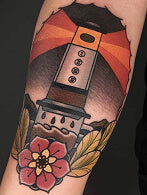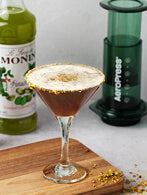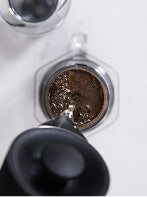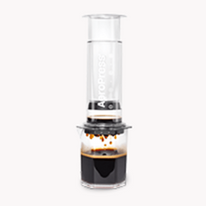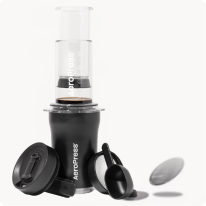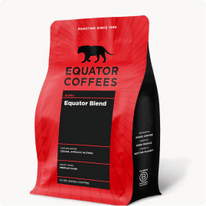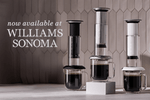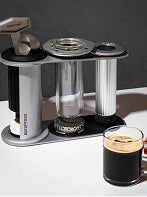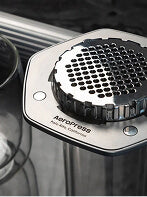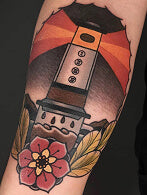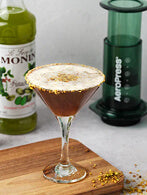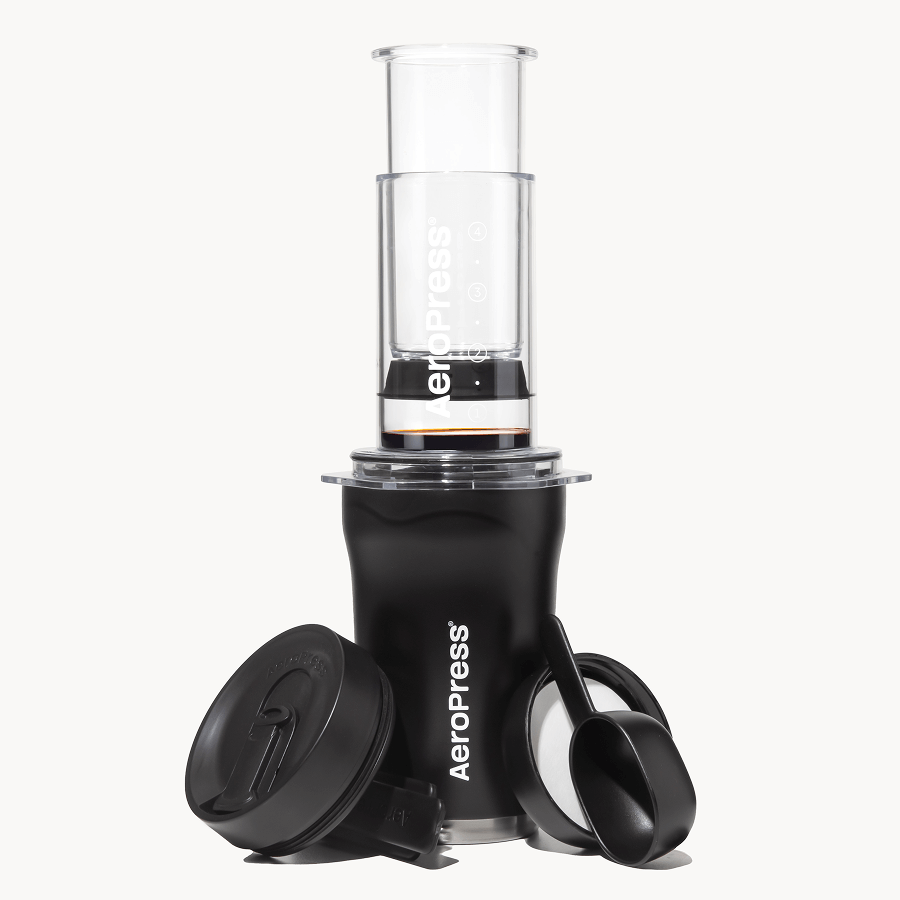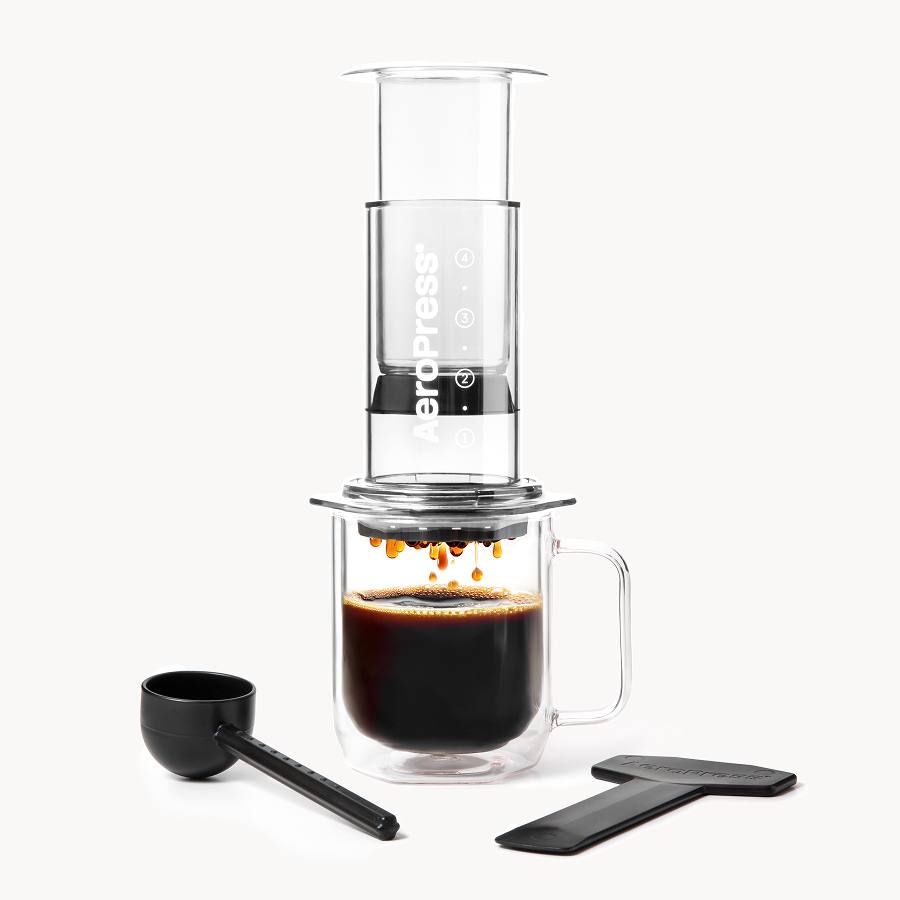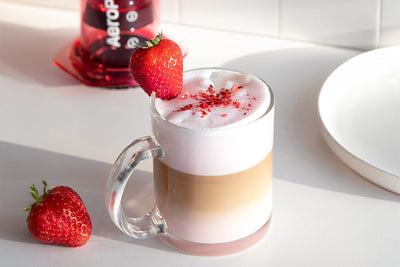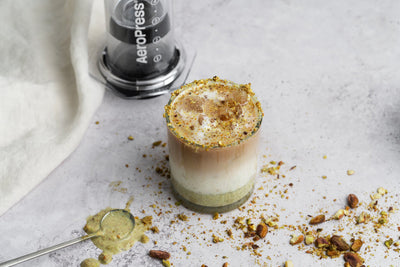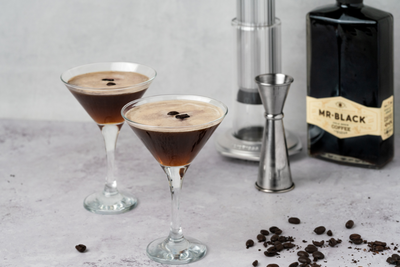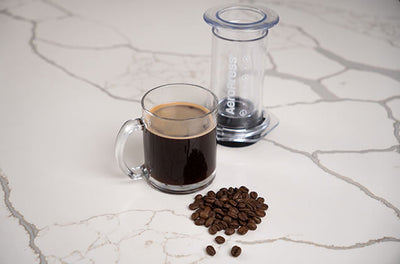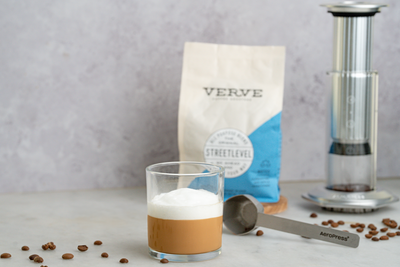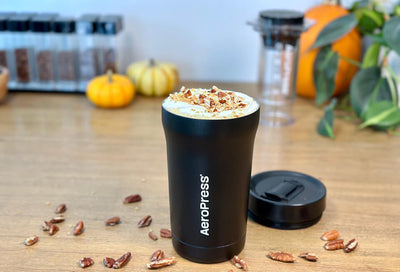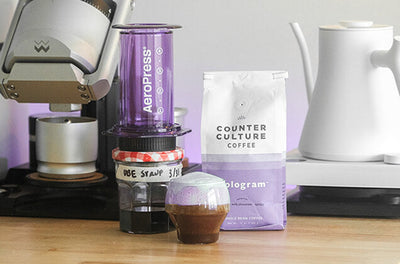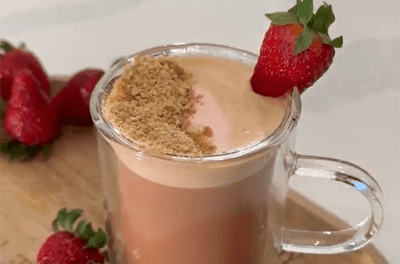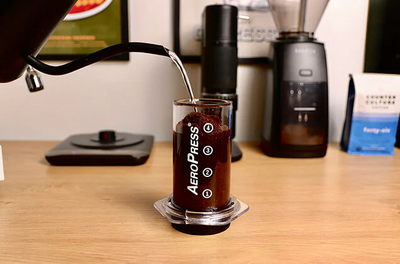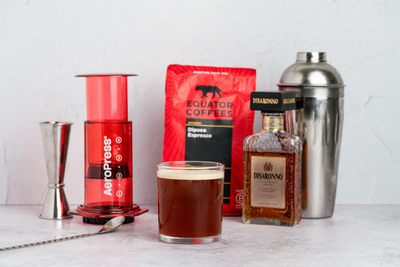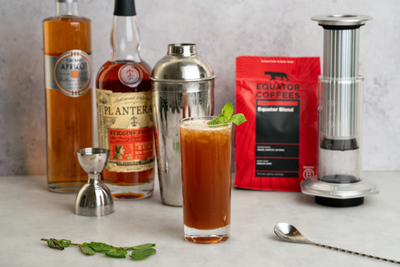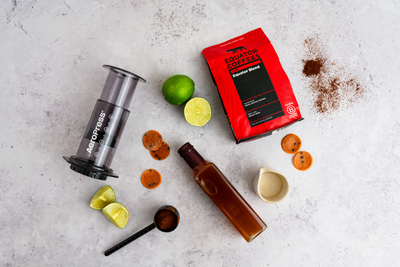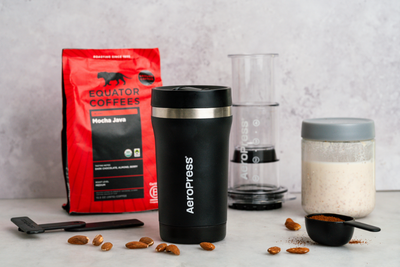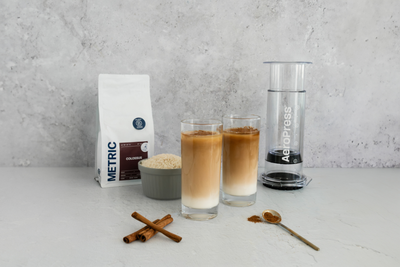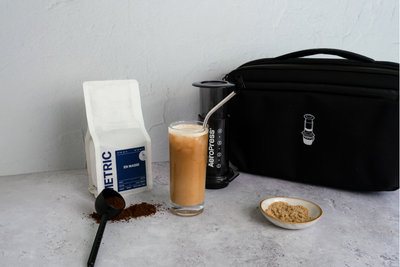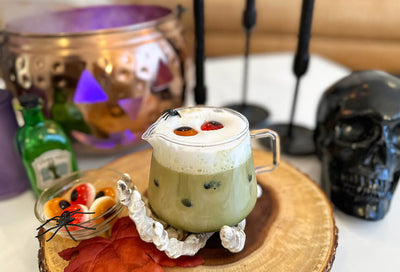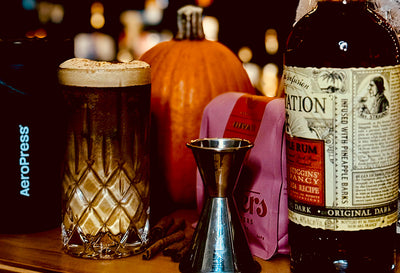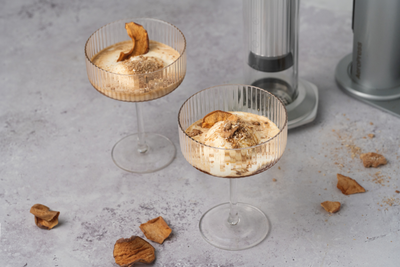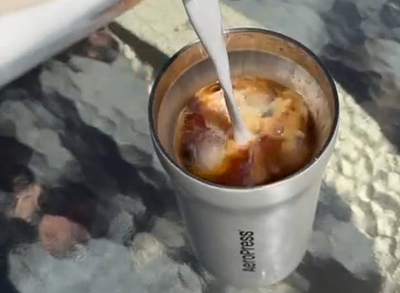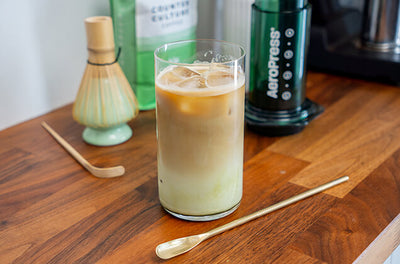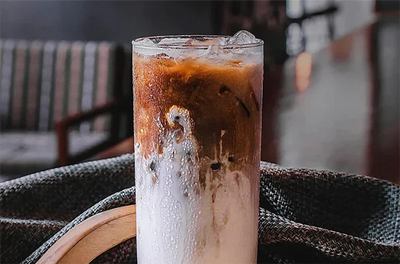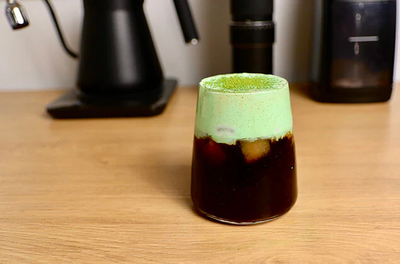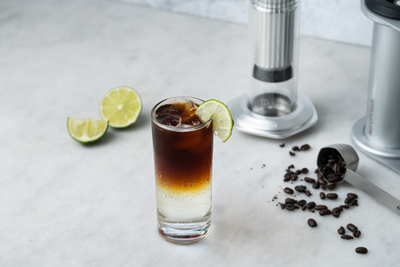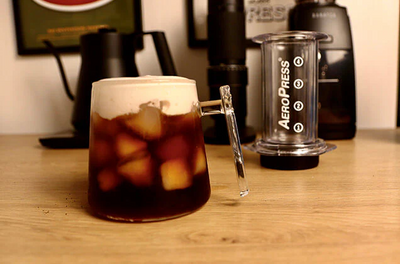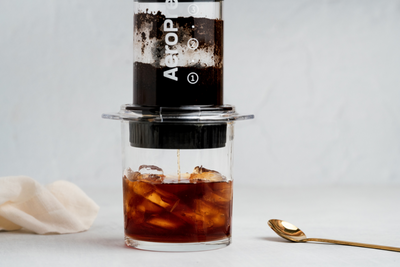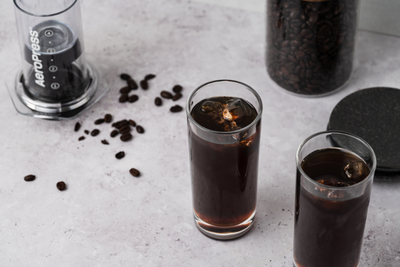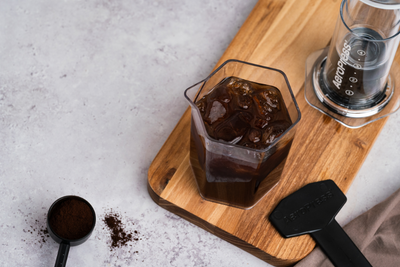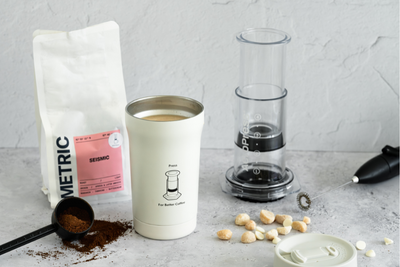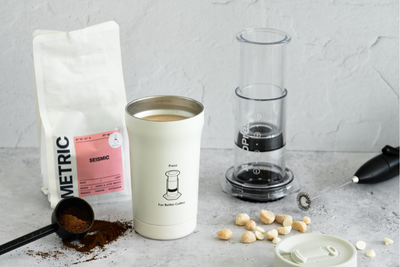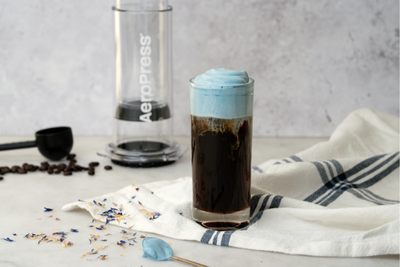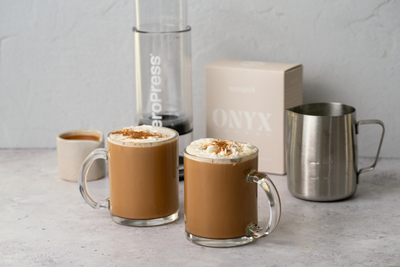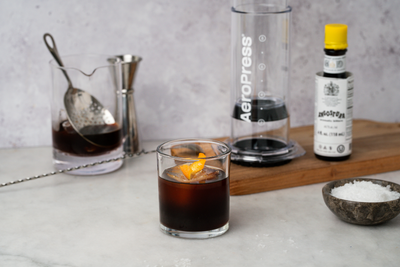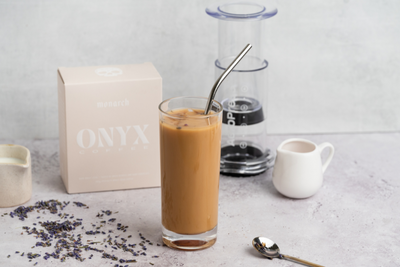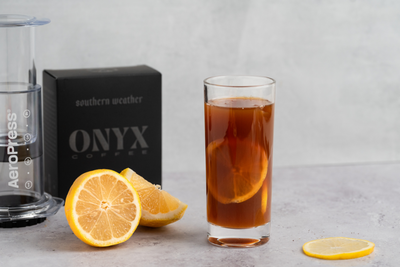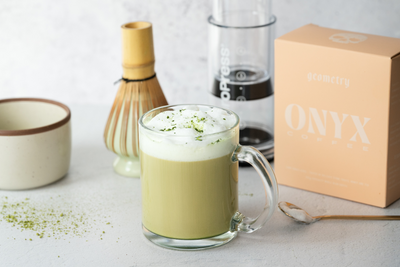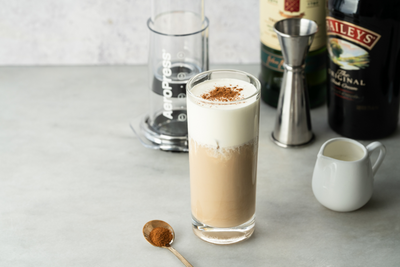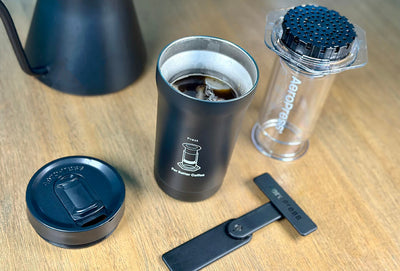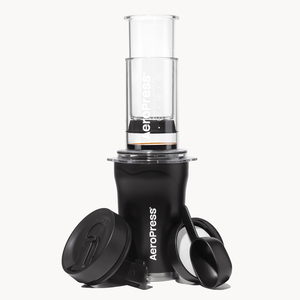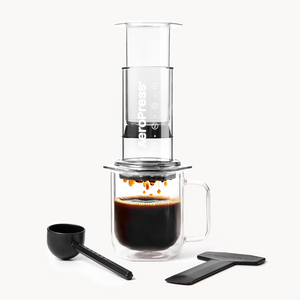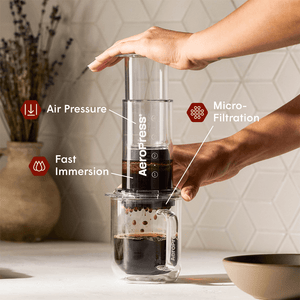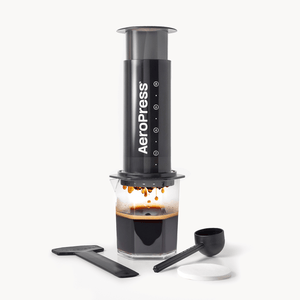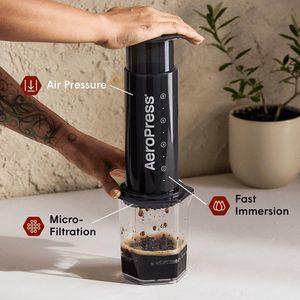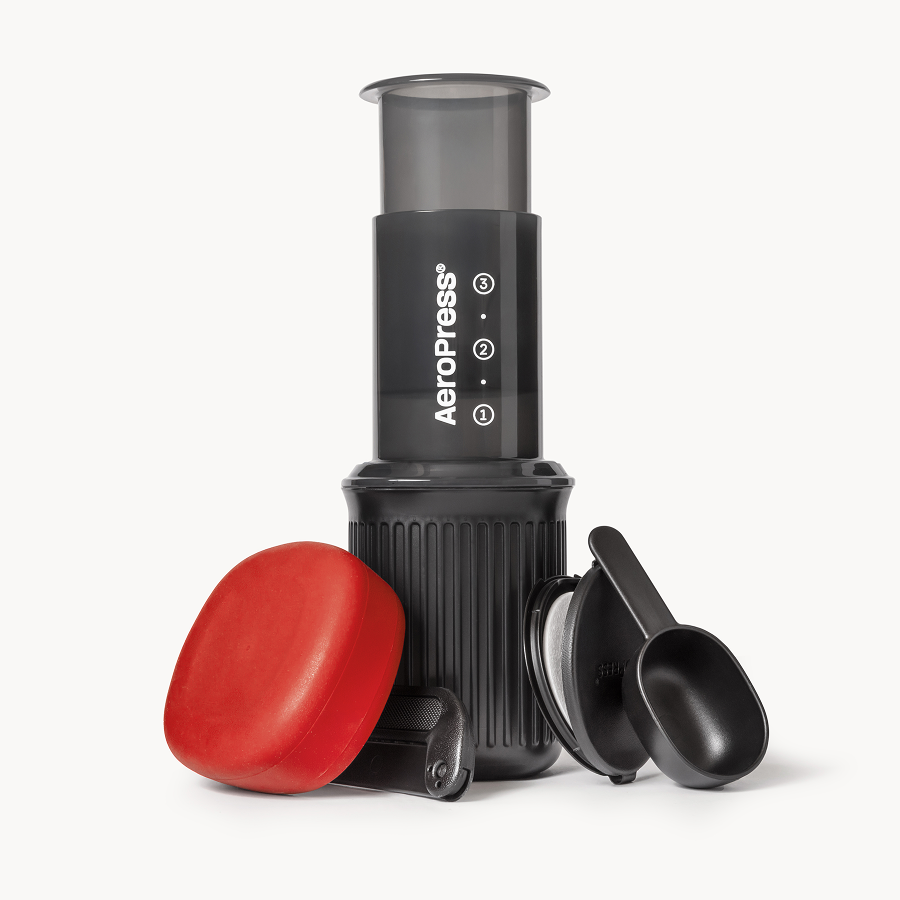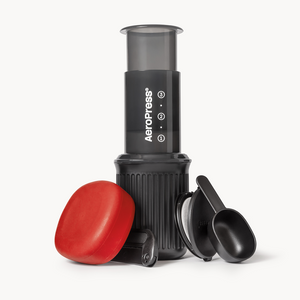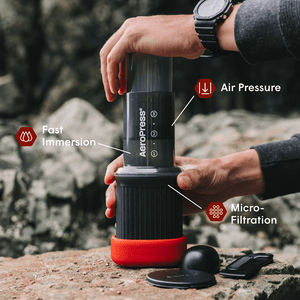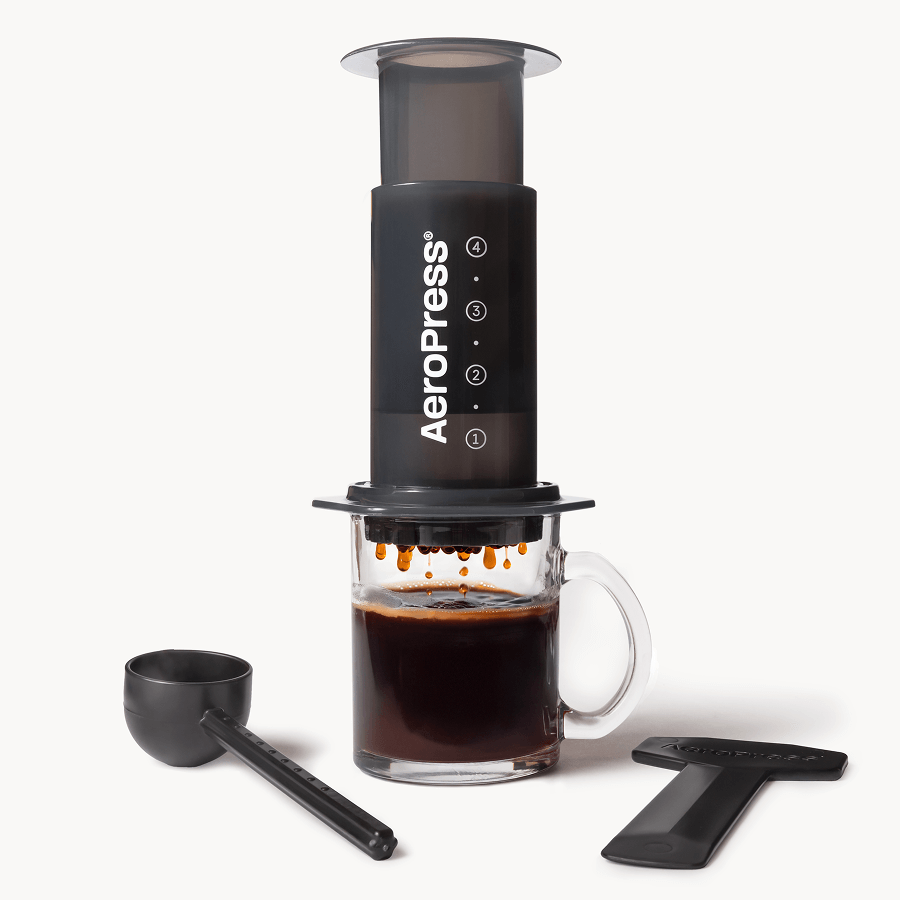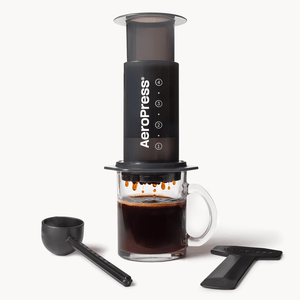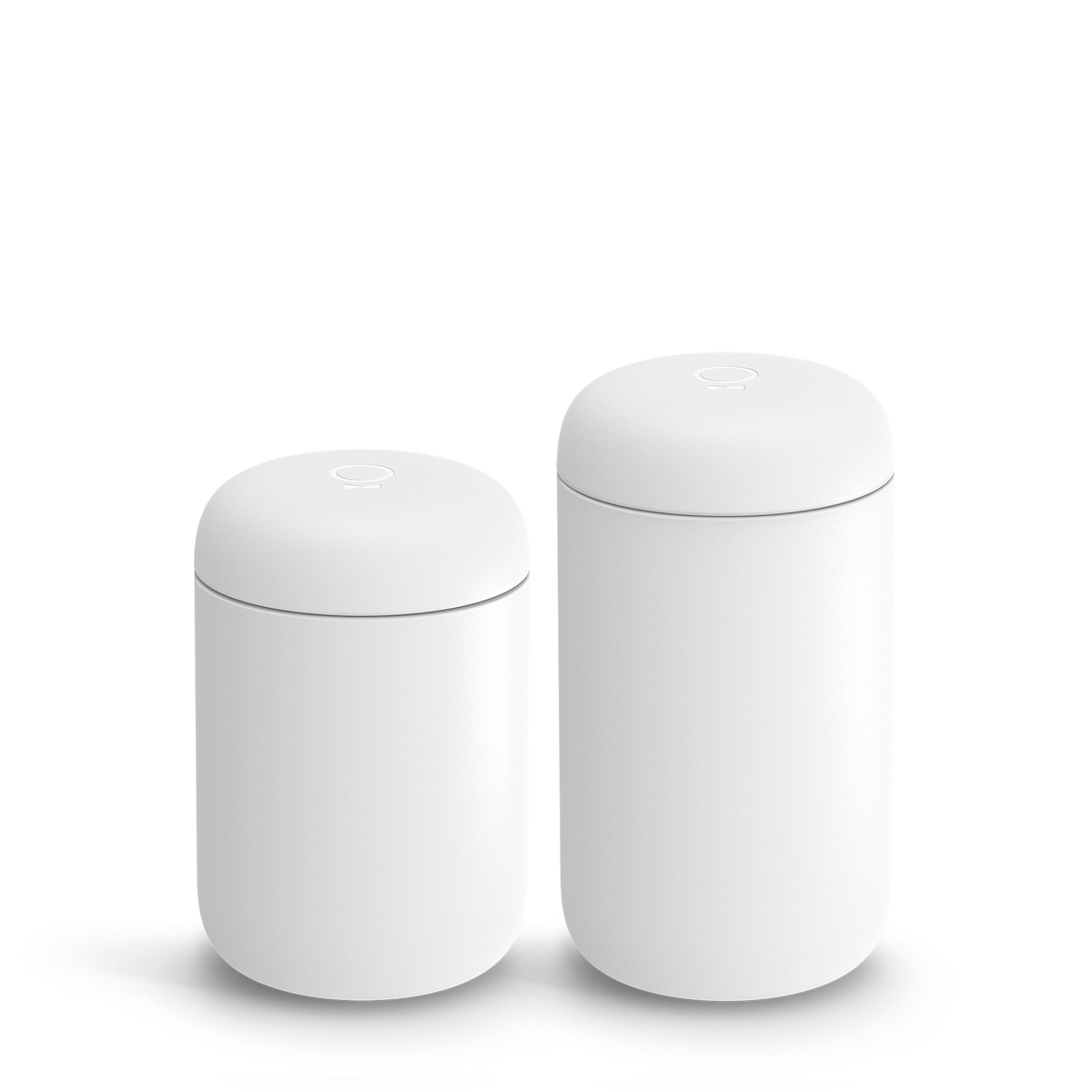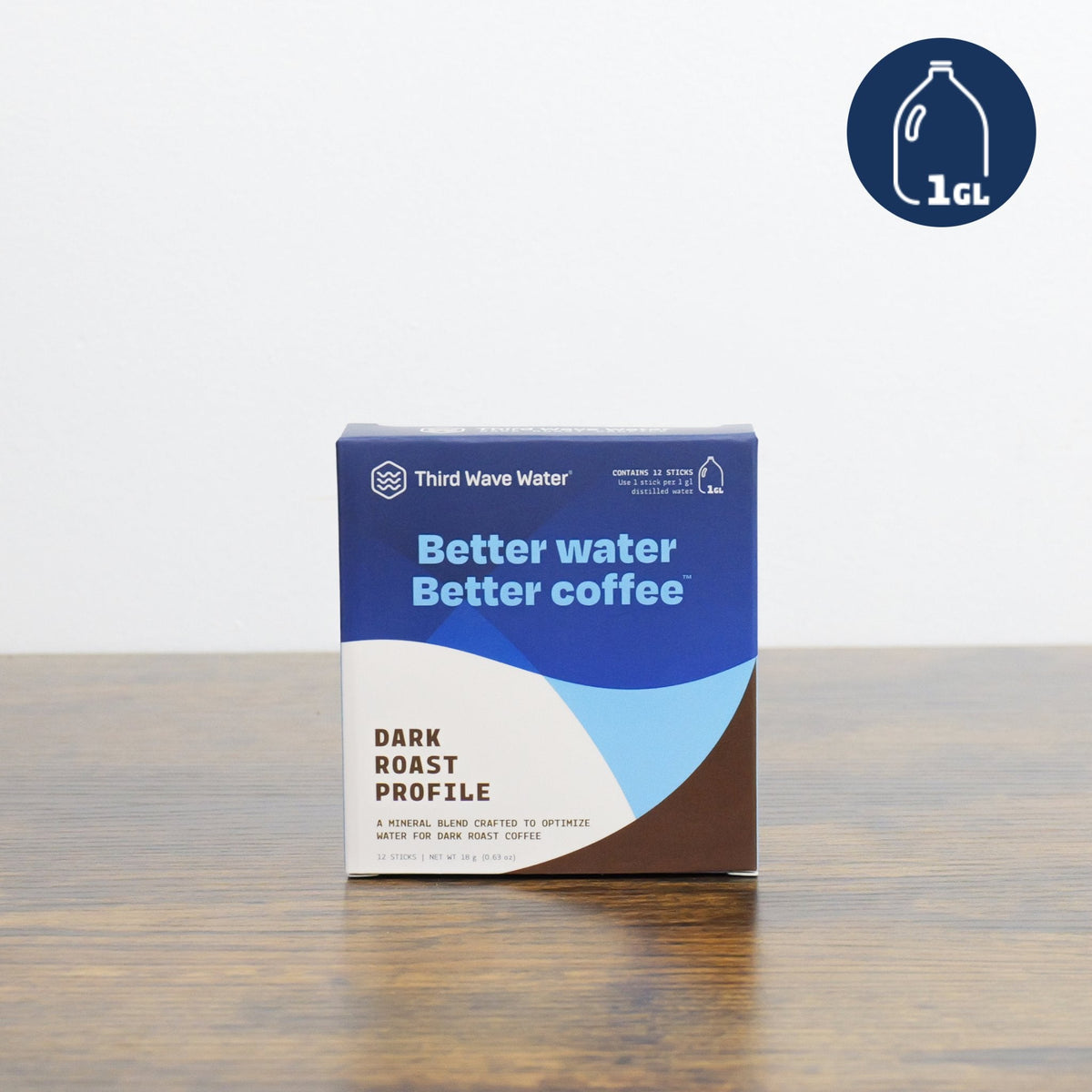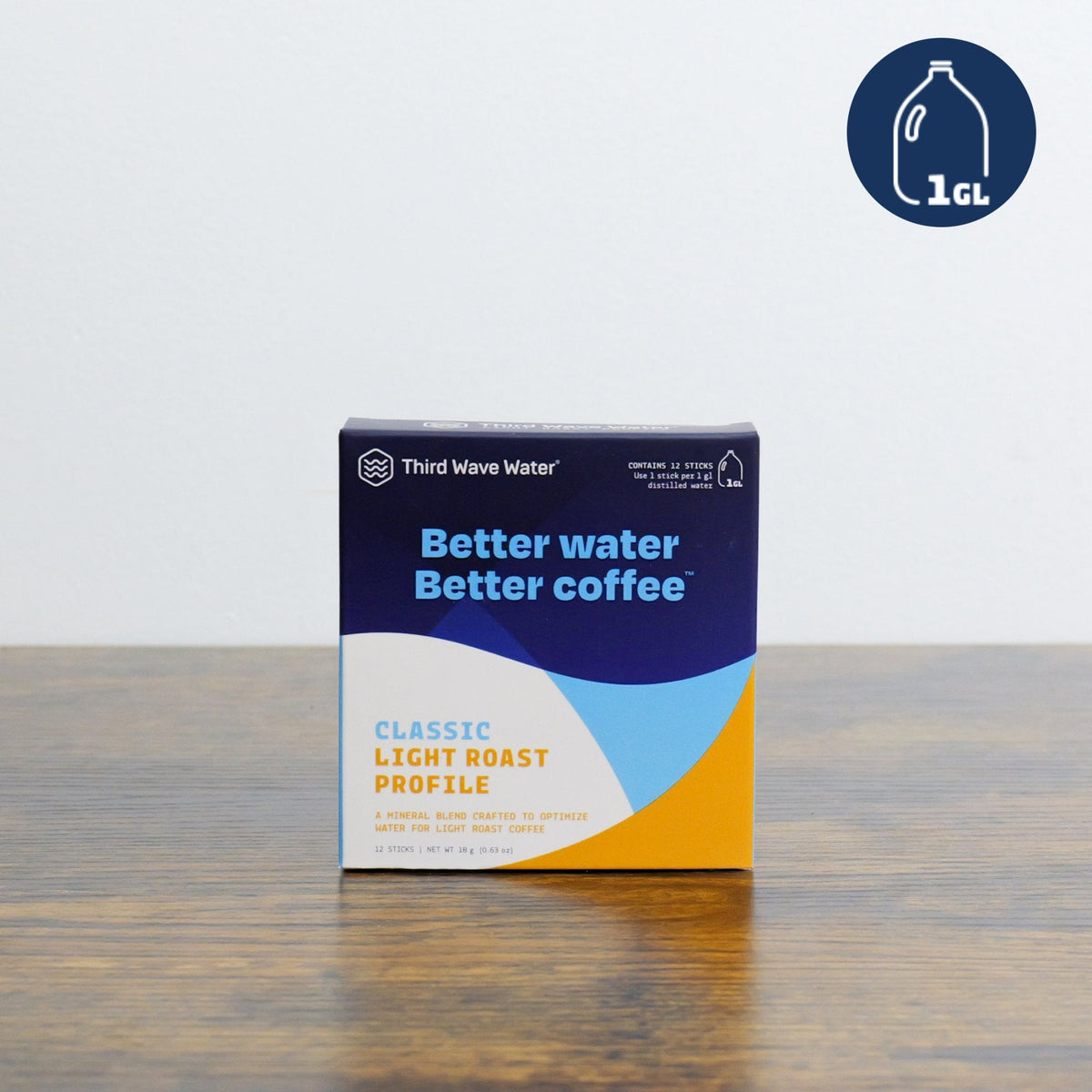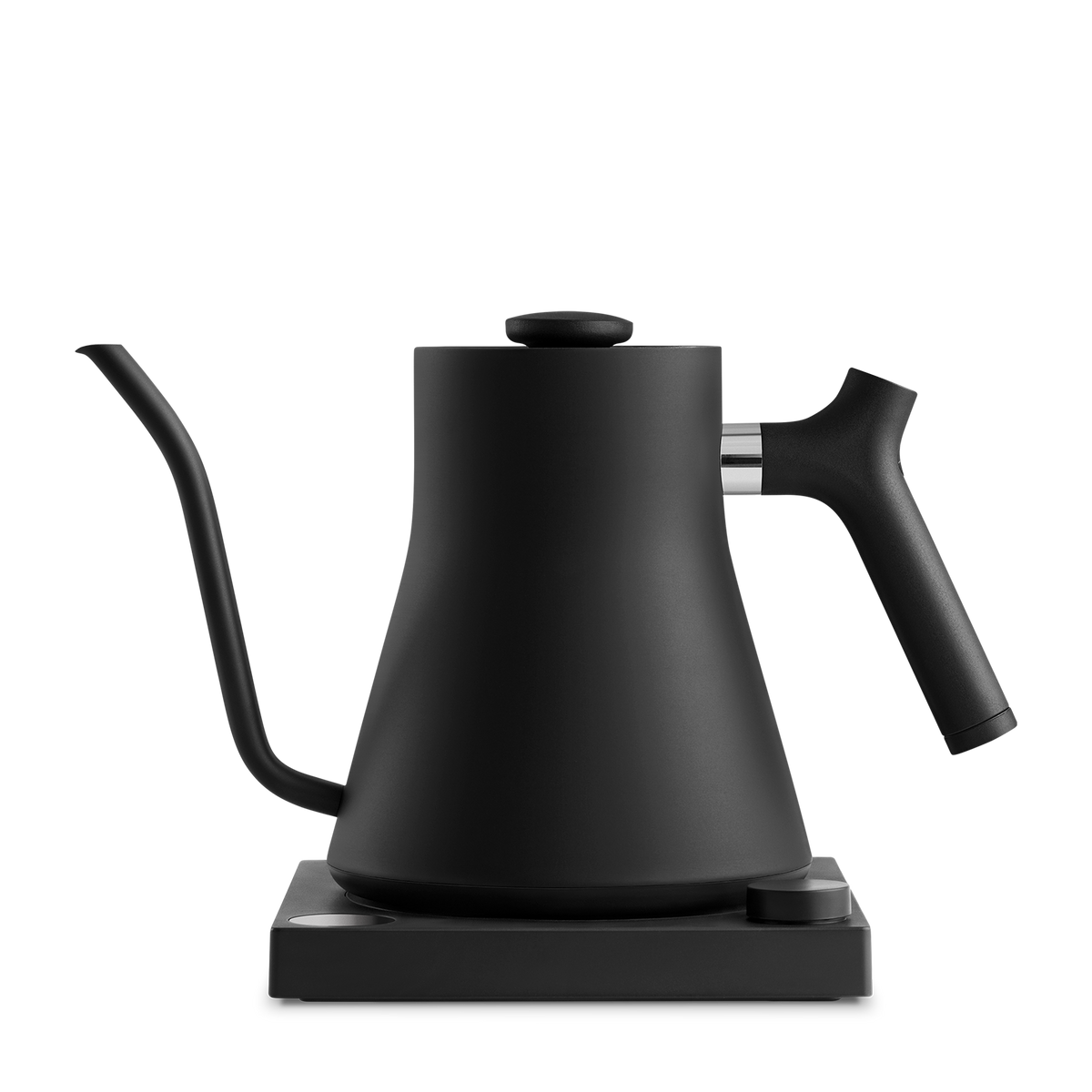
Let’s get right to it. Grinding your beans right before you brew is best practice, and you can also brew world-class coffee from beans ground several days ago. It matters more that you are grinding with a quality grinder rather than how long the coffee has been ground before brewing.
A general introduction on coffee grinders
There are really only three ways to break roasted coffee beans into small pieces for the purpose of coffee brewing:
-
Smash the beans. Brute force with a hammer or a rock.
-
Chop the beans. Be careful with that knife.
-
Grind the beans. Burrs, purpose designed for uniform particle sizes.
If your goal is merely to make the beans smaller, rocks and knives will work. If you want to make the beans smaller so that you can easily and repeatedly make delicious coffee, you will need to invest in a burr grinder.

Burrs come in two main styles, flat burrs and conical burrs. Burrs catch the beans between their cutting surfaces and slice the beans into controlled and fairly uniform sizes. They are most commonly made of steel or ceramic.
Many coffee drinkers use spice grinders bought on Amazon (such as Krups, Cuisinart or Kitchenaid) to chop their coffee. Spice grinders are the ones with the little blade that whirls around - essentially blade grinders hack whole beans into random bits.

What’s the difference between a specialty coffee grinder and a normal coffee grinder?
Within the world of burr grinders and coffee gear generally, there is an immense range of price, quality, aesthetic, and function. Even if we eliminate commercial grinders used by baristas in cafes and restaurants, some of the top picks for home use can approach a rent payment.
What really sets a high-quality specialty grade grinder apart from a normal entry-level grinder at a lower price point will be the ability for the grinder to enhance a peak flavor experience in your cup of coffee. A lower end, uninspired grinder will be better than rocks and knives, but it will not have been engineered for optimal performance. High-end specialty grade coffee grinders improve brewing by delivering a consistent grind and predictable results. When we set the grind to a certain size, let’s say medium-fine for AeroPress. If we measure and sort the grounds by size, most will be medium fine. Some will be larger; we call those boulders. Some will be smaller and we call these fines. When a grinder produces more of the target grind size, we say it has a “narrow distribution.” Generally, narrow distribution allows a barista to pinpoint specific flavors and qualities in the brewed beverage. When distribution narrows, the coffee becomes more finicky in how it is brewed and the end cup can lose complexity. As distribution broadens, the sweet spot for most coffees also grows. However, too broad a distribution tends to increase both the over-extracted bitter and under-extracted tart notes.

Lower quality grinders tend to deliver broad distribution. They also fluctuate in their delivery, like a guitar that easily goes out of tune.
The best coffee grinders will be easy to clean and care for, and you will be able to get replacements for the parts that wear out. Dirty equipment can’t make good coffee, and this is especially true with grinders. When coffee grinding, with each use, a little coffee oil and powdery grounds will cling to the burr set. These oils get sticky with time and turn rancid with oxidation. The sticky oils and fines will collect in the chute between the burrs and the grounds bin. If left alone, these fines and oils start to affect the performance of the grinder and the taste of the coffee. Specialty grade grinders are designed for easy cleaning. Burrs can be removed, cleaned, and replaced without harming the machine. The path the grounds follow is as direct as possible to reduce build up.
Baratza has a reputation for making grinders that can be cared for and repaired by the user. They also offer replacement parts, repair services, and sell refurbished grinders to prevent more trash in the landfills.

Many higher-end specialty focused grinders can be customized and tuned to meet your tastes preferences. If you prefer espresso, some grinders offer options for steel burrs and shim systems to better achieve fine grinds like espresso grind to load up your portafilter. Others are designed and manufactured with filter drip coffee makers in mind.
What features should I look for in a specialty coffee grinder?
To narrow down options, consider how you plan to make your coffee.
If you use the same brew device for all your coffee, you probably don’t need 100 grind settings. If you like to experiment with AeroPress recipes and might change grind size frequently, be sure the grinder is easy to adjust. For espresso, you will want many settings, but mostly within the fine range. Some grinders have a set number of grind settings to help you dial in your cup. These are called “stepped” meaning each setting clicks into place when adjusted. "Stepless" grinders move fluidly from one setting to the next, giving them infinite adjustments between each mark. These are more common for espresso grinders and usually cost more.

How much coffee do you plan to grind? For someone who drinks only one cup a day, a hand grinder might be the best grinder for them. Hand grinding for an entire pot of coffee is a lot of work and an electric grinder is probably a better choice.
How much room can you give up on your countertop? Think about the height of the bean hopper and be sure it will fit under your cupboards.
Other features to consider include how you turn the grinder on and off. Some use a switch like a light switch: on or off. Others might have a timer to shut itself off after a certain number of seconds. Others might have digital scales that grind until they reach a desired dose of coffee.

Some grinders boast minimal or zero retention. Retention refers to the small amount of ground coffee from each dose that gets caught in the burr chamber or in the grounds chute. Larger burrs tend to retain more coffee while the Baratza Sette is designed to retain none at all.
Many of the features on grinders are matters of personal preference. Some grinders adjust grind size by twisting the bean hopper. Others might have levers that slide up or down or knobs on the side that turn like dials.
Grind before you brew? Or take the grounds with you?
Commonly given advice about grinding is to grind right before you brew. This makes sense in a cafe setting or at home. But if you are at the office, on a road trip, camping, or for any other reason making coffee away from a grinder? Yes, there are hand grinders - like electric grinders, some are definitely better than others. But if you don’t have one, don’t have room to pack it, or simply don’t want to hand crank a manual coffee grinder for every single dose of coffee? Pre-grind with your regular grinder. Don’t sweat the admonitions to grind immediately before brewing. You will still be able to make a cup most coffee lovers would be happy to drink.

In terms of quality, one of the main reasons to grind last is to prevent oxidation of the grounds and loss of volatile aromatics. To slow the oxidation process, store your fresh ground coffee in a way that limits the exchange of oxygen. There are several stainless steel grounds containers and vacuum canisters on the market that promise to extend the freshness of ground coffee. Another easy solution is a ziploc lunch bag. These flexible baggies can pack nicely into an AeroPress Go Plus plunger, so you’ll have everything you need kept all tidy and together. Squeeze the air out as you seal. If the bag your beans came in has a ziploc style seal, these will protect your ground coffee as well. If you are packing ground coffee for multiple days, separate the grounds into several bags. This way coffee for days three through five have less exposure to oxygen.
Grind size and particle distribution have such an impact on the quality of brewed coffee that it is better to use pre-ground coffee from a quality grinder than it is to use fresh grounds put out by inconsistent and imprecise grinders, whirling blades, or rocks. This is true across all styles of coffee makers. Turkish style coffee needs to be uniformly powdered. Espresso machines need a specific grind size. The multitude of pour-over coffee brewers and immersion brewers perform best when the coffee grounds are the right size. And many cold brew recipes tend to taste best when made with coarse grind coffee.
Baristas at coffee shops grind right before brewing because it helps keep everything consistent. They have a reputation on the line (especially if they’re a roaster) and stakes are much higher than your office coffee. They also function in an environment designed to prepare coffee. Yes, there will be some degradation associated with pre-ground coffee, but it will still hold better than poorly ground beans.

Putting it all together
There are a lot of great ways to make a great cup of coffee. A quality grinder paired with quality brewing gear helps you make great coffee. Quality doesn’t always mean expensive, but cheap is always cheap. Find the style of coffee you like best, do what tastes good for you. Consider starting with a Baratza Encore and an AeroPress Go Plus or AeroPress Clear. They will keep you making exceptional coffee at home, at the office, on the road, or in the mountains for years.
Here's another great Baratza + AeroPress recipe!

FAQs
Q: What grinder do baristas use?
A: Many baristas grind their coffee at work and use it within a week to ten days. When they do jump into a grinder, they often choose Baratza grinders like the Baratza Encore or the Baratza Virtuoso.
Q: How do you clean a grinder?
A: Like coffee machines, each grinder varies a little. For most home grinders, remove the bean hopper then lift out the upper grinding burr. Use a nylon brush to clean off coffee. Vacuum the grind chamber clear of grounds. You can use grinder cleaning tablets, too. Do not clean your grinder with rice.
Q: What is the best grinder for grinding coffee?
A: There are many factors to consider, but always look for a grinder with burrs (conical or flat), replaceable parts, a warranty, and real customer support.
Q: How do I choose a coffee grinder for my home brewing setup?
A: Think about the types of coffees you make. Manual brewing methods like the French press or the versatile AeroPress are less finicky. The best espresso machines need a larger, more specialized investment. Go to your favorite cafes and ask the baristas.
Q: Is it worth buying an expensive grinder?
A: Short answer, yes, it is worth it to invest in a quality grinder can really improve a coffee experience. Look for a quality tool that is designed to work well for years, not designed to be cheap and disposable.



